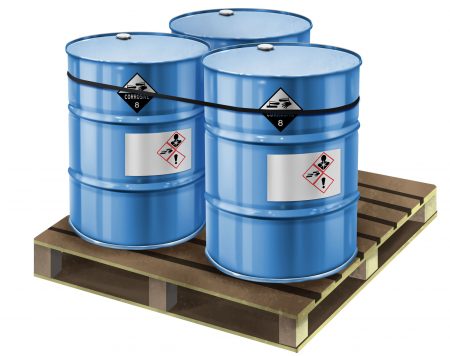We can all agree that the Globally Harmonized System (GHS) does not go as far in terms of harmonization as we might have hoped. Don’t get me wrong; I will take any number of differences in country GHS implementations over the completely different regulatory schemes we had to deal with previously. However, it is human nature to try to continuously improve and determine more efficient ways to cope with the issues we face.
Do you watch any of those Do It Yourself (DIY) shows on TV or spend time scrolling through Pinterest to see all the amazingly creative things people are building? I’ll admit that I spend more time doing this than I probably should! I love the idea of DIY because it allows you take something like a piece of furniture –such as a dining room table – and turn it into something else, like two console tables.
DIY solutions are great because what you build/create can be done to your exact specifications. It will fit the need that you have as opposed to being forced into the size or color contained in your local big box store. It also allows you to look at what you already have and reuse it in a new and better way.
How are GHS and DIY Related?
You may be asking yourself how DIY is related to GHS, and that would be a very good question! The GHS itself was built with DIY in mind. A specific country can pick from a set of building blocks, customizing the hazard classifications implemented as well as the severity of the hazards. In other cases, countries can decide at what cut-off an individual component will cause the overall mixture to be classified. In more complex cases, countries have implemented entirely new building blocks or other requirements.
This flexibility allowed a good portion of the world to agree on a single standard, while also keeping the same levels of protection in place for countries with existing hazard communication programs. However, it also opened Pandora’s Box. Countries that previously did not have systems in place now have formal hazard communication programs, and like those countries that had existing systems, they implemented the building blocks in a way that fit their country’s requirements.
This creates a bit of a dilemma for businesses. Prior to GHS, if a country did not have a formal hazard communication regulation enforced, a common pragmatic approach was to send a translated EU dangerous substances directive (DSD) or dangerous products directive (DPD) safety data sheet (SDS) or U.S. OSHA material safety data sheet (MSDS). Now, as countries implement their own hazard communication system, it does not feel appropriate to just send a translated sheet.
Read more at EHSToday.com




